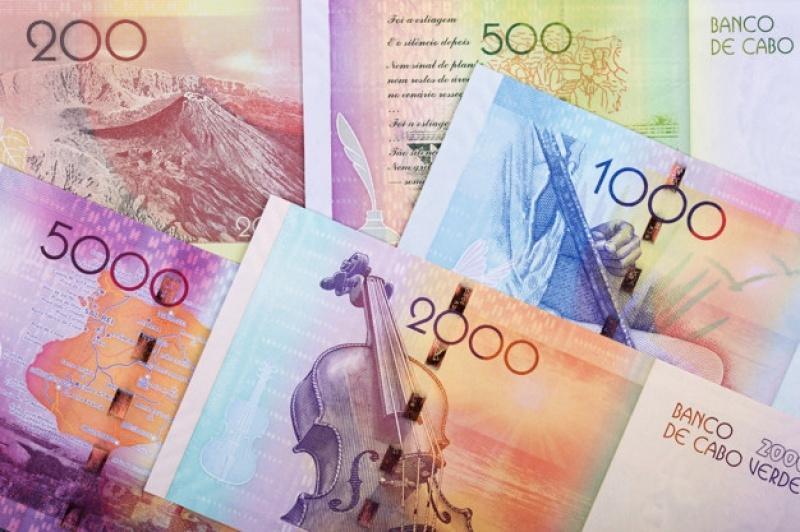Africa-Press – Cape verde. It’s been 3 years, in 2021 the Gross Domestic Product (GDP) evolved positively, translating into an increase of 7.0% compared to the previous year, the big drop due to the pandemic. The evolution of the Cape Verdean economy in 2021 was due to the gradual reopening of economic activity, a consequence of the advance in the vaccination rate and the easing of restrictions and containment measures.
On the demand side – that is, the sum of the expenses of the various economic agents with purchases of final products and services produced in the country – the evolution of 2021 is explained by the increases in final consumption expenses (+10.1%) and in Imports (+5.4%). On the supply side – which reflects the country’s economic growth and corresponds to the sum of Gross Values Added by the country’s companies – there was this positive year-on-year evolution of 7.0%, highlighting the activities of commerce, transport, education and human health and social action. Taxes net of subsidies showed a positive year-on-year evolution of 7.3%.
In 2021, GDP thus registered a rate higher by 27.8 percentage points than in 2020. Analysis of GDP, from a demand perspective, shows that final consumption expenditure by families and public administration had, both, variations in volume of +10.0%, and those of Non-Profit Institutions (ISFL), +17.1%. Investment recorded a positive variation of 2.4% in volume (+0.1% in 2020). Exports recorded a decrease of 2.9% in 2021 (+53.6 percentage points compared to 2020) and imports evolved positively, with an increase of 5.4% (+30.6% compared to 2020).
The development of domestic demand, reflecting the increase in investment and public consumption, determined the performance of the national economy, at least during the first half of the year. The increase in investment is explained, on the one hand, by the execution, which is nearing completion, of external investment projects in the tourism and real estate sectors and by public investments and, on the other hand, by the increase in credit to the economy, financed by in part, through credit lines guaranteed by the State and at exceptionally low interest rates, in the context of measures to mitigate the effects of the pandemic.
The increase in public expenditure on strengthening health structures and the conditions for responding to the health crisis and alleviating the social impact justify, on the other hand, the evolution of public consumption.
With a negative influence on the performance of the national economy in 2021, the drop in gross value added in the accommodation and restaurant sector stands out due to relatively weak tourist demand, as well as the reduction in taxes net of subsidies explained by exceptional budgetary measures to mitigating the effects of the pandemic on company liquidity and family income.
Production perspective
According to the analysis of GDP from a production perspective, the activities that contributed most to the total change in GDP were commerce (+0.9 pp), transport (+3.4 pp), education (+1.0 pp) and health (+0.7 pp).
In global terms, the primary sector fell by 7.1% and in the secondary sector, although it registered a negative variation of 1.8%, the rate was 15.9 percentage points higher than that recorded in 2020. The tertiary sector evolved positively, registering an increase of 10.3%, compared to 2020.
The positive variation in the tertiary sector is explained, fundamentally, by the increase in GVA in commerce (+8.9%), transport (+46.5%), education (+17.7%) and health activities ( +25.8%). In turn, taxes net of subsidies on products, in real terms, showed a variation of +7.3% in 2021, contributing 1.0 percentage points to the total variation in GDP.
Evolution of the world economy 2021
The year 2021 was the second year of the Covid-19 pandemic – the first case was known in China at the end of 2019. The global economic situation continued to be characterized by a climate of great uncertainty worsened by the emergence of new variants of the disease.
The euro area entered a firmer recovery path, with real GDP growth reaching 5.3%, although growth slowed at the end of the year, as the Ómicron variant of the coronavirus led to the introduction of new restrictions.
The world economy also registered a strong recovery from the crisis, but progress was uneven. After a contraction of 3.1% in 2020, global real GDP increased by 6.2% in 2021, despite new waves of the pandemic. The reopening of economies, increased vaccination rates and timely policy support were the main factors stimulating the recovery of economic activity, while global supply bottlenecks acted as adverse factors for growth. The recovery has been more pronounced in advanced economies and more moderate in most emerging market economies with more limited vaccine supplies and less capacity to take supportive policy measures.
World trade also recovered strongly, but with a weakening of dynamism in the second half of 2021. The strong recovery in global demand began mainly in the consumption of goods and not services (for example, travel and tourism), a sector that faced more restrictions .
Global inflation increased significantly in 2021. In OECD countries, global inflation increased to 6.6%. In most countries, the increase led to higher prices for energy products and other raw materials due to mismatches between limited supply and the strong recovery in demand.
Text originally published in the printed edition of Expresso das Ilhas no 1157 of January 31, 2024.
For More News And Analysis About Cape verde Follow Africa-Press






